by Mitu Mathur, Director, GPM Architects and Planners
The Post-Covid19 world has witnessed a paradigm shift in every industry worldwide. The suburbanised expansion of cities, resulting from a change in infrastructure development, demands innovative, inclusive, and sustainable models of infrastructure. As architects and urban designers, we need to think Global and act Local, adhering to sustainable usage of resources worldwide.
An exponentially growing urban population has led to a tremendous strain on available land and amenities in most metropolitan cities. The development of cities in the coming years will determine progress on addressing key environmental, economic, and social challenges, including climate change and access to affordable housing. Cities globally leverage public investments to build a strong foundation of a transportation hub and connected infrastructure when core city areas are identified to contain higher densities. According to the United Nations, Urbanisation in the Indian context will increase to a staggering 50% by 2050. However, urban infrastructure development, such as affordable housing and water supply, has not paced in line with the current urbanisation trend, resulting in delayed service of deliverables and poor urban, public, and health environments. The priority is, therefore, to develop a sustainable-redevelopment model and promote it evenly for inclusive city development all over India.
As architects and urban planners, we must take a cautious approach to combat this paradigm shift to minimise human suffering and slum development. The expansion of cities that urban population growth entails cannot be contained merely by a horizontal expansion of cities; instead, it must make adequate room to accommodate it in more innovative, more inclusive, and sustainable models. The major challenge regarding the planning is to design a new user-effective space that efficiently deals with the persisting problems and meets future needs.
With urbanisation being inevitable, we need to plan development models that synergise with augmented infrastructure in the city. Our future developments need to be derived with a step-by-step approach that can have a significant impact if large pockets of growth are tied up to a bigger infrastructure network. There is a critical need to review redevelopment as an opportunity to upgrade and energise the city’s dying and inadequate infrastructure. The focus should be on bridging the gap between architecture and planning and bringing a holistic vision for a progressive city. Currently, urban infrastructure, especially transport hubs, are treated as isolated envelopes of development and do not converge to form a larger picture. The new-age transit nodes should be looked at from a broader perspective on an urban scale that facilitates ease of access for pedestrians and cyclists and gives preference to the renewed norms of public transport. Railway station developments should also be considered as channels of economic revitalisation and social upliftment as they generate more employment opportunities and unlock the real estate opportunities of otherwise under-utilised land parcels.
Transportation hubs are one of the approaches which catalyse the growth of thriving cities, so it’s no wonder that a good deal of infrastructure focus is dedicated to the development of railways and rapid mass transit systems. Although, new guidelines need to be put in place for urban public transport systems, which in turn will also bring many challenges to the fore, and numerous construction technologies will have to be used to address the issue. A systematic approach that responds to a phased-out model is required to gain public trust in mass transit systems.





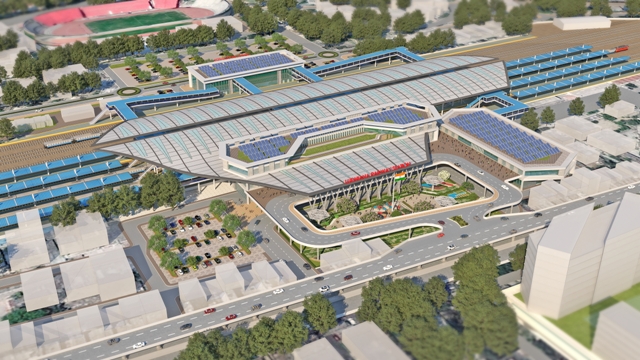



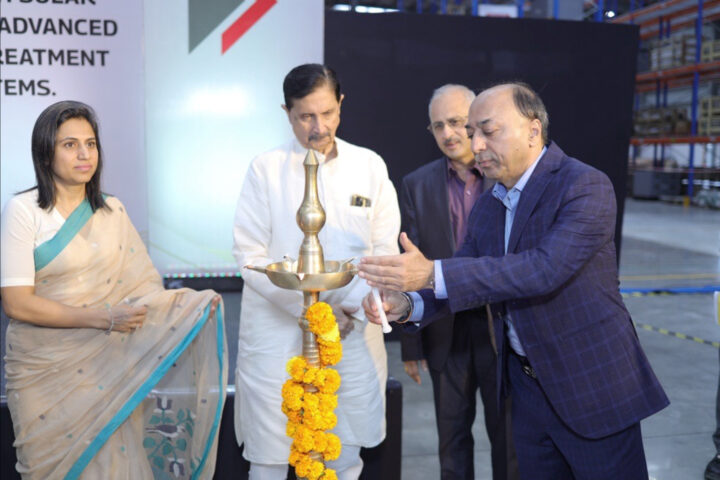
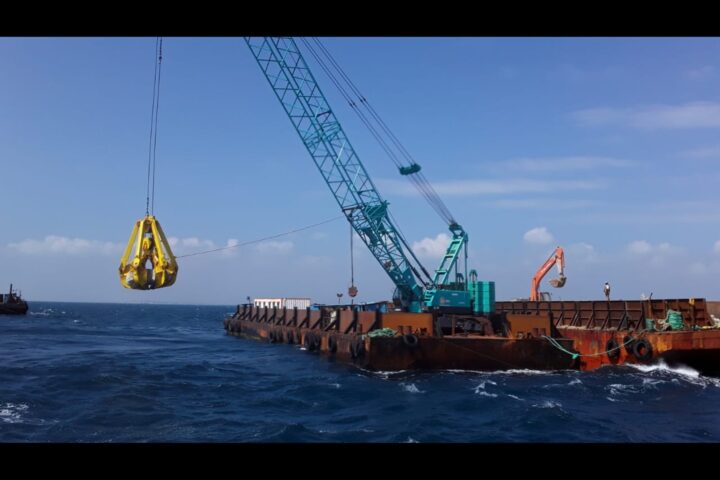







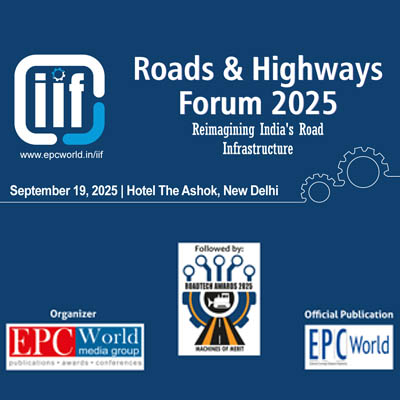
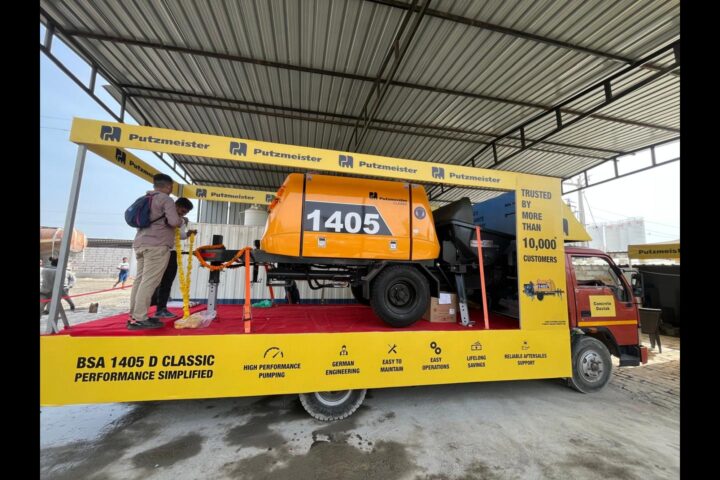
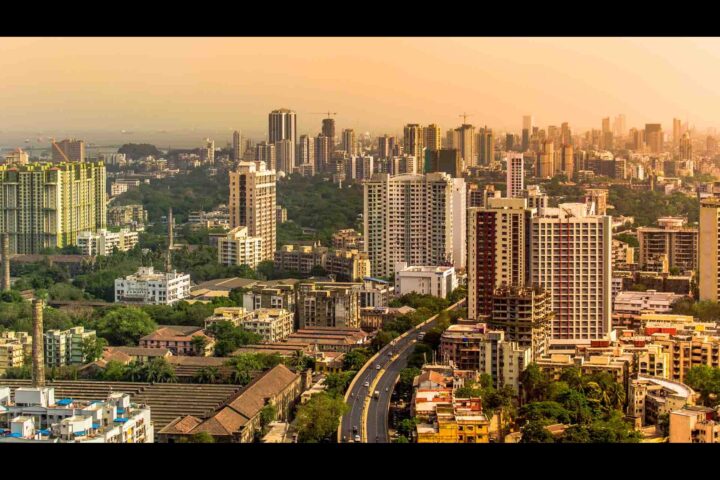
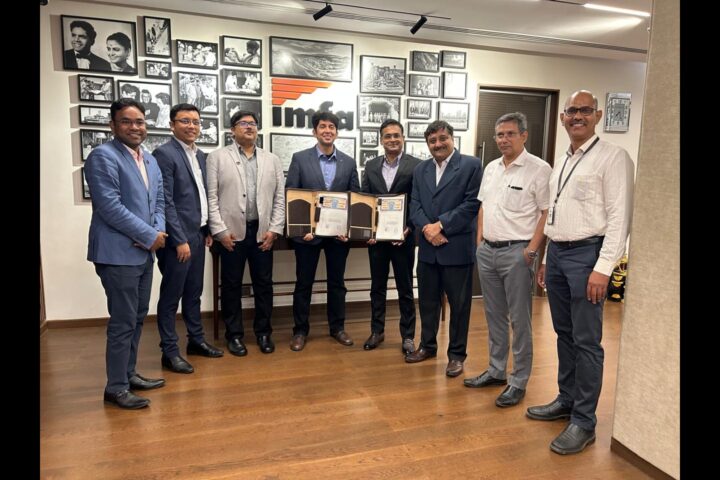
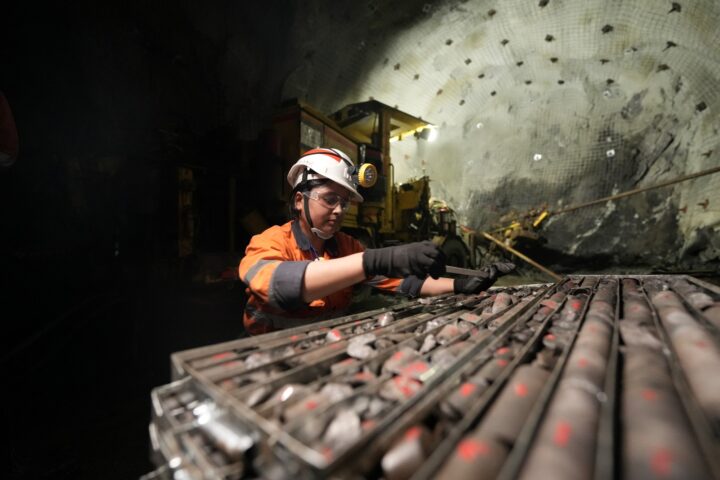
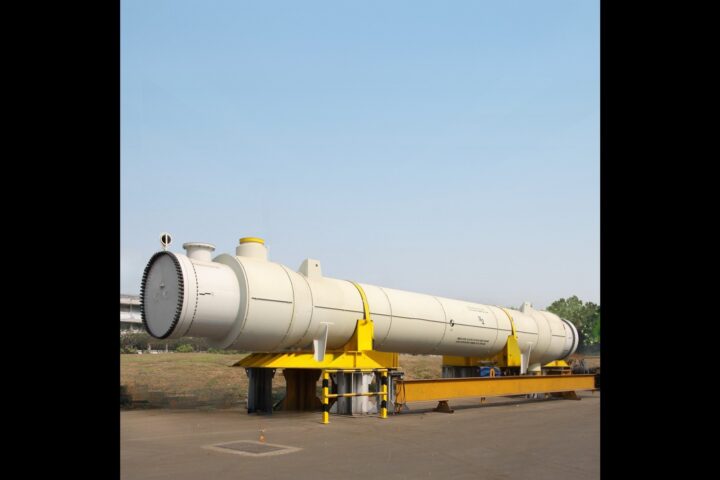
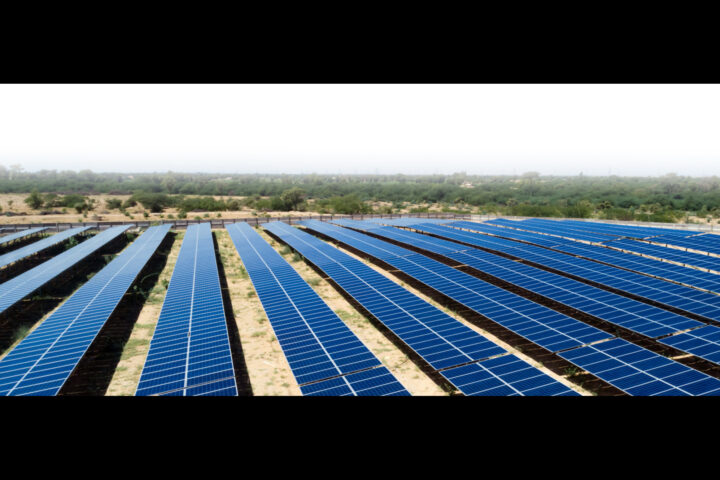
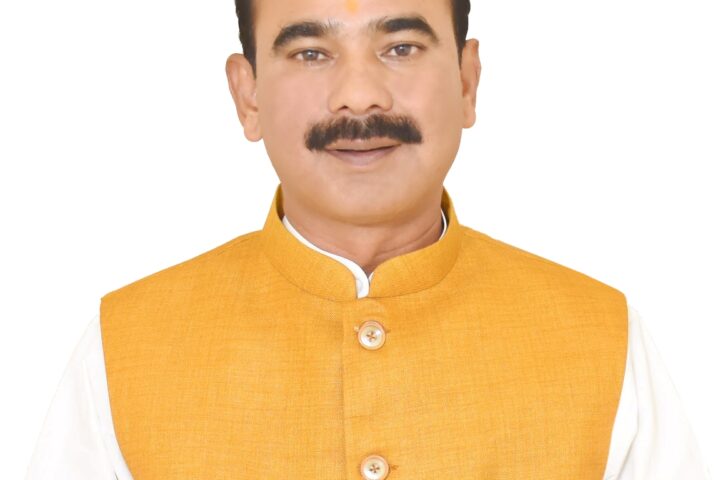

Follow